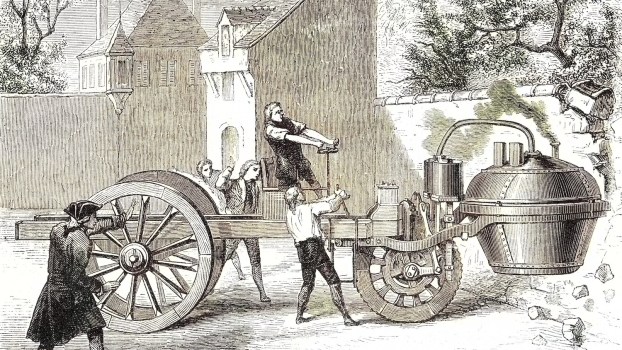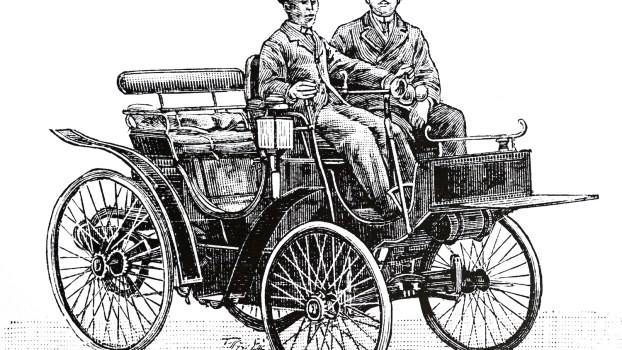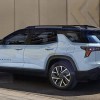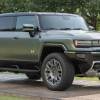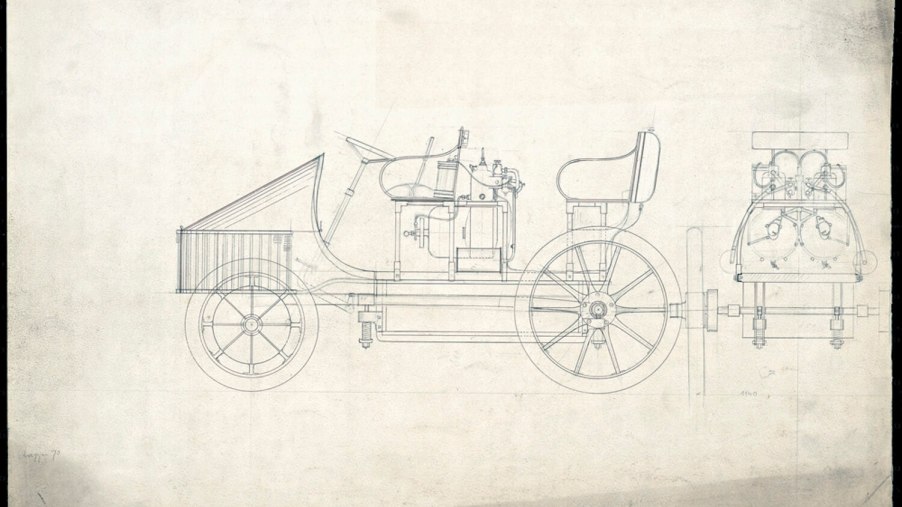
This 1899 Porsche Pioneered Rivian’s Quad-Motor Drive, Ram Rev’s Range Extender, and Lordstown’s Hub Motors
Ever heard the saying, “The future is already here, you just can’t afford it yet”? Well it’s rarely more true than in the differences betwen luxury cars and the vehicles we peasants drive. But Ferdinand Porsche took things a bit far with his 1899 Semper Vivus. This early high-end car’s features included quad-motor drive 120 years ahead of the current Rivian R1T, a gasoline range-extender like we’ll see in the Ram 1500 REV, and in-wheel hub motors, similar to what Lordston Motors is trying to perfect.
The Porsche Semper Vivus pioneered in-wheel hub motors
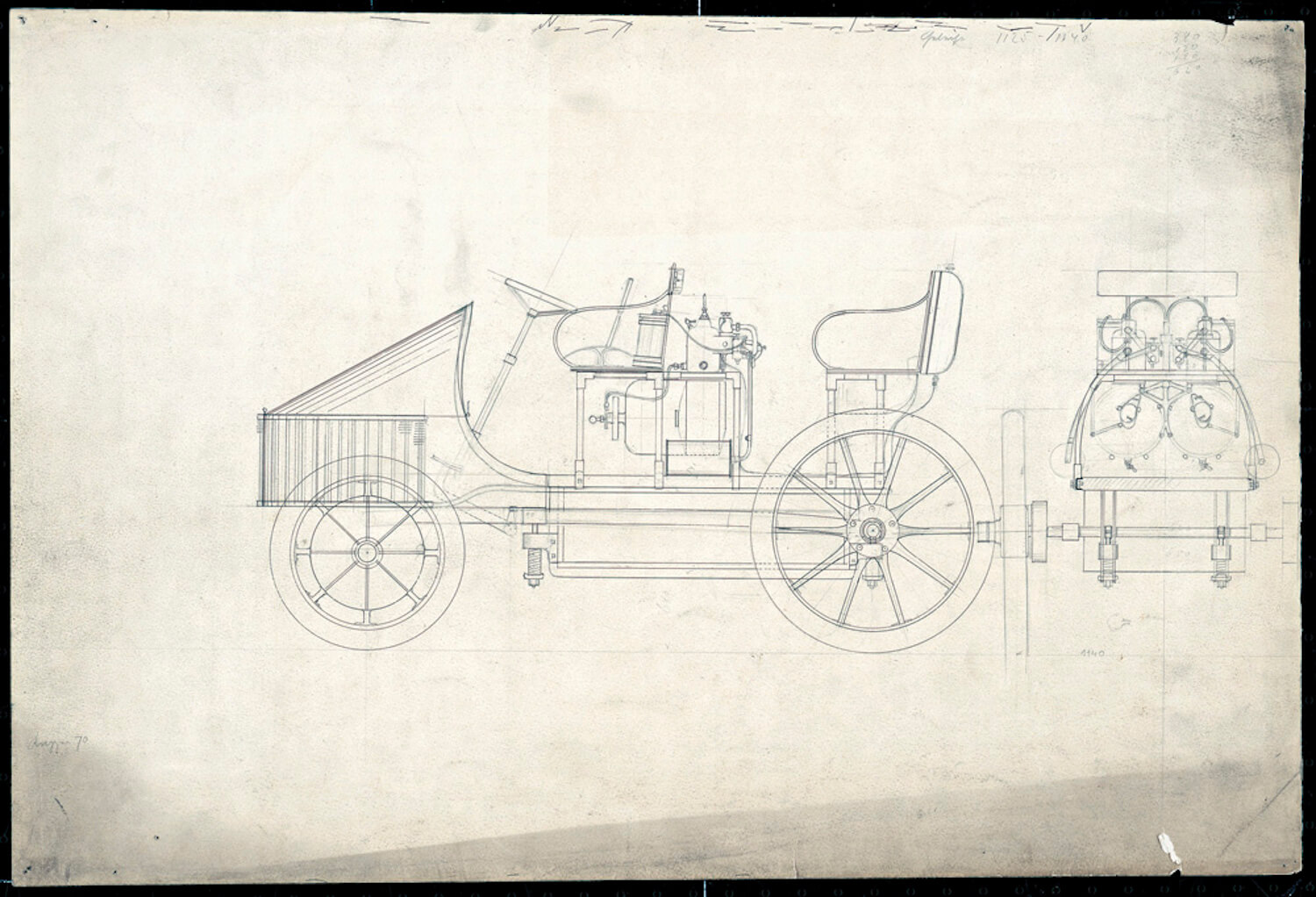
Ferdinand Porsche’s first fascination was electricity. Before he was 25 he had perfected a hub motor small enough to fit inside a vehicle wheel. This elegant design eliminated the need for transmissions and driveshafts. It meant that if he could wire electricity to the wheel’s hub, it would spin the tire and propel the car.
Ferdinand Porsche teamed up with Ludwig Lohner and they developed the Lohner-Porsche prototype in 1899, for the 1900 Paris Exposition. It had a hub motor in each front wheel, driven by a large battery cell. They named the vehicle the Semper Vivus which means Always Alive.
Today, Lordstown Motors is attempting to perfect a in-wheel hub motor design for its Endurance pickup truck. This design could lead to a motor vehicle with fewer moving parts than anything else on the road. Lordstown hopes the result is a pickup truck with an exceptionally low total cost of ownership. But the startup has been besieged by engineering and sales setbacks.
Check out the saga of the Lordstown Motors company.
Ferdinand Porsche developed an early range extender
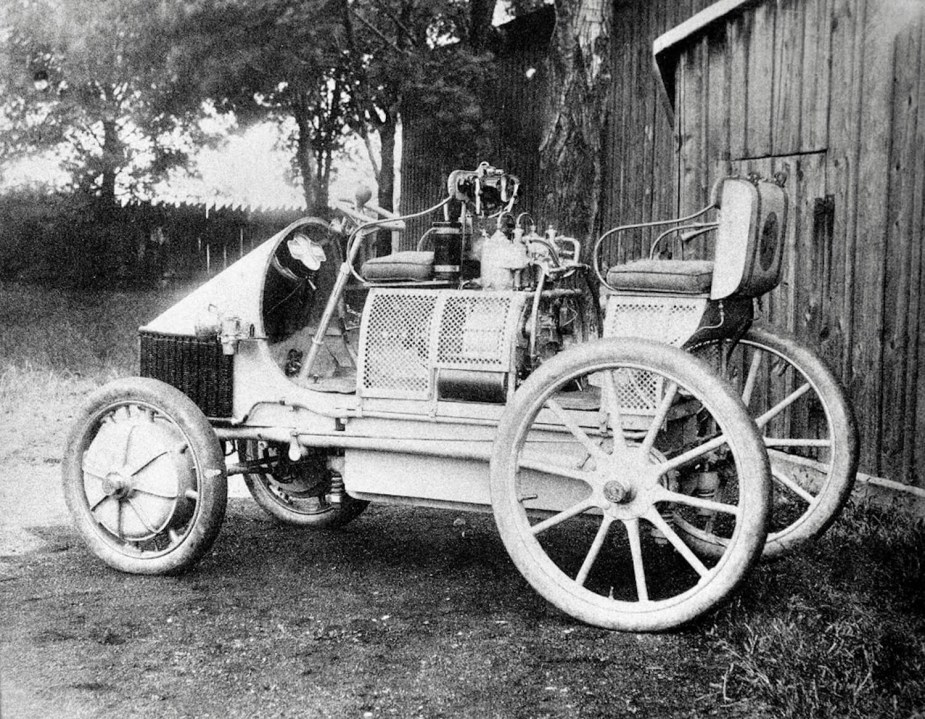
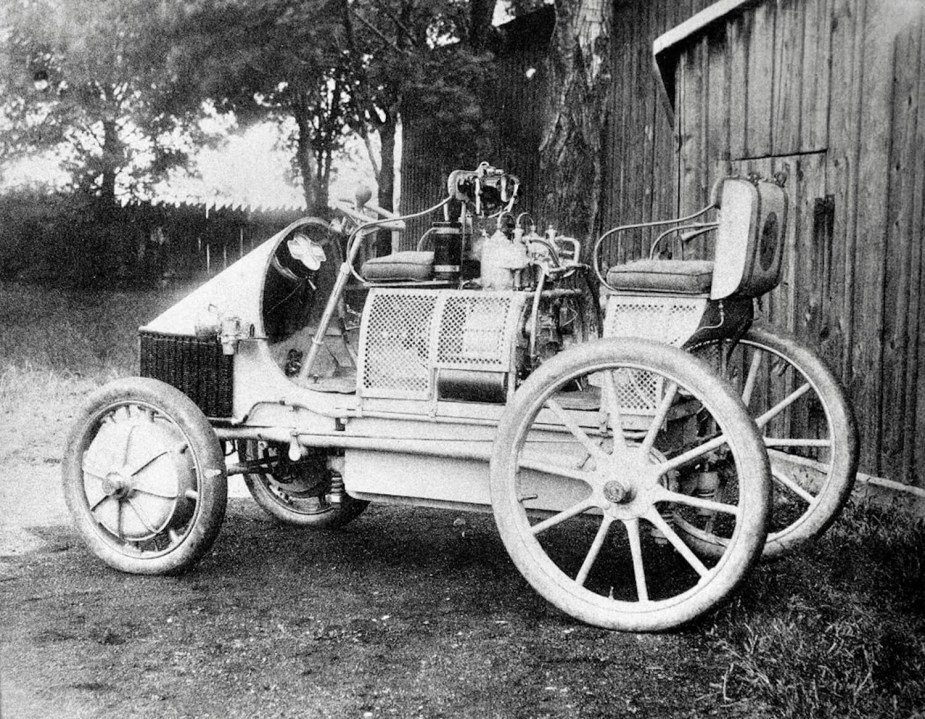
Dr. Porsche’s Semper Vivus was far from the world’s first electric vehicle. Even so, battery technology was nowhere near as advanced as it is today. His first-generation vehicle weighed 2,600 pounds but still didn’t have as much range as he wanted. So he built it with a small internal combustion engine that could spin a generator and recharge the batteries.
This early gasoline range extender is what gave the Semper Vivus its name. In an effort to reduce the vehicle’s weight, Porsche would reduce the battery size and add a second range extender to later generations. He also wired these generators directly to the motors, sending any extra electricity to charge the batteries. This choice transformed the Semper Vivus from a range-extended EV to a series hybrid.
The range-extended EV/series hybrid is a compelling powertrain configuration. It allows for a relatively lightweight vehicle with some electric range and the capability of completing longer road trips. Modern vehicles which take after the Porsche Semper Vivus include the 2011–2019 Chevrolet Volt, 2013-2022 BMW i3, and the upcoming Ram 1500 REV with its optional range extender.
Read more about the difference between a plug-in hybrid and range-extended EV.
The Rivian R1T is not the first quad-motor drive EV
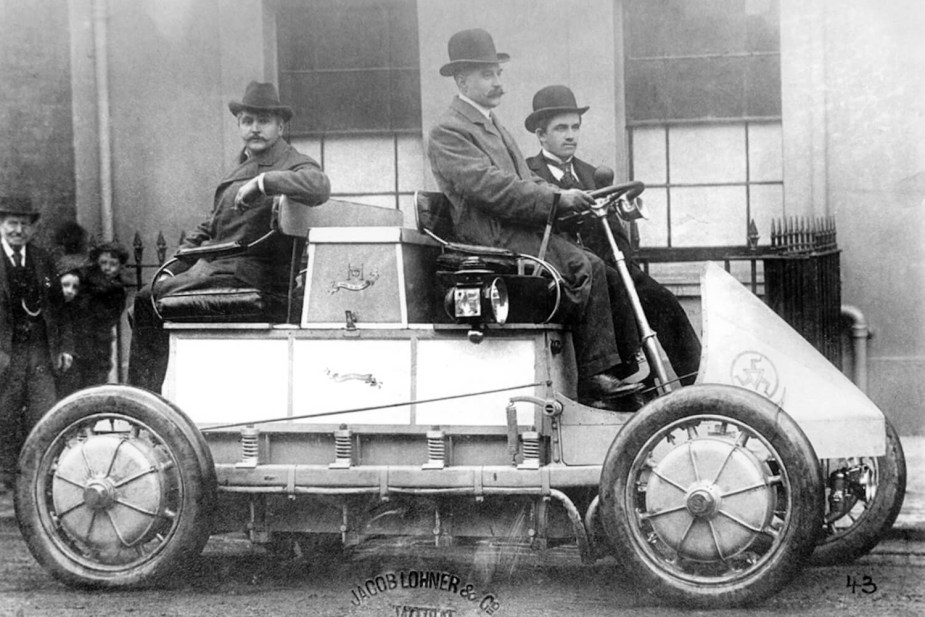
When Porsche and Lohner built the second generation of their Semper Vivus, they decided to include hub motors in all four wheels. The result was the first ever AWD passenger vehicle. The two would custom-build several vehicles for wealthy clients every year, as well as factory race cars. Most subsequent Semper Vivus Porsche’s were FWD to save weight.
The 2021 Rivian R1T was the first electric pickup truck on the market. The Rivian EV startup built their chassis with a separate electric motor for each wheel (not in-hub, but connected to the wheel with a halfshaft).
The Rivian’s quad-motor drive system allows for torque vectoring. This means that the outer wheels can spin a bit faster and help push the truck around a corner. According to MotorTrend, the truck drives more like a sports sedan than a truck–even when fully loaded.
Obviously, in 1900, Porsche did not have the precise software control over his electric motors required for torque vectoring. But if he had continued pursuing EVs, who knows how early he would have set up race cars with left and right-side throttles for tighter cornering.
Overall, the Porsche Semper Vivus was far ahead of its time. It is rolling proof that today’s electric car and truck technology is not as unprecedented as it may seem.
Next, find out all about Rivian’s quad-motor drive system or see a reproduction Porsche Semper Vivus in action for yourself in the video below:
